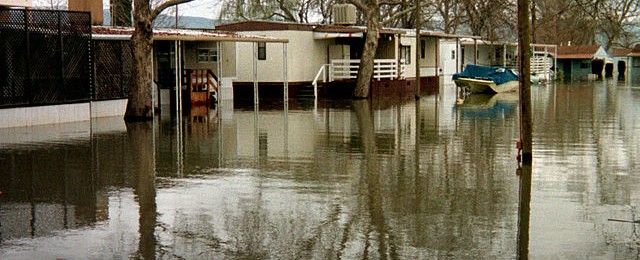-

NOAA’s monthly report on the global climate was released today. It shows that for the globe as a whole, April 2015 was the 4th warmest on record since 1880. They also noted that the latest 12-month period (May 2014–April 2015) ties with the record set last month (April 2014–March 2015) as the warmest 12-month period…
-

Extension programs around the country have Master Gardener Programs. Typically, master gardeners receive extensive training and then answer questions via phone, speak at public events and participate in community gardening displays, according to Wikipedia. If you have a Master Gardener program in your area, you might be interested in the CoCoRaHS guide for Master Gardeners. It…
Posted in: Tools for climate and agriculture -

May 2015 is half over and it is time to see how the monthly climate is doing so far. The maps from the High Plains Regional Climate Center below show that for the region as a whole, temperatures are running about 1.5 degrees above the 1981-2010 normal, while the precipitation is much below normal and…
-

On May 18, 1980 Mount St. Helens erupted in a cataclysmic event that reshaped parts of the Cascades Mountains to the southwest of Seattle. Since the eruption went mainly sidewise as the north side of the mountain collapsed, the eruption had limited climatological effects globally, although the ash did cause cooling and surface problems in…
Posted in: Interesting weather images -

The Dairy Environmental Systems and Climate Adaptation Workshop will be held on July 29-31, 2015 in Ithaca NY. This workshop is being sponsored in part by the USDA-NIFA Animal Agriculture and Climate Change grant that also helps support this blog. Early registration for the workshop ends on May 25, so if you are in the…
Posted in: Events -

The Los Angeles Times published an article this week discussing the impact of the El Nino on California’s drought. Typically El Nino brings plentiful rain to the area. In the last big El Nino in 1997-98, it brought floods and a lot of destruction as well as 17 deaths. Now that NOAA has predicted that…
-

As we’ve discussed in earlier posts, an El Nino is currently present in the equatorial Pacific Ocean. This means that the surface water temperature there is above normal. One of the consequences of this is that more strong hurricanes form than usual, since the warm water acts as fuel for the storms. This year, the…
Posted in: Climate and Ag in the news